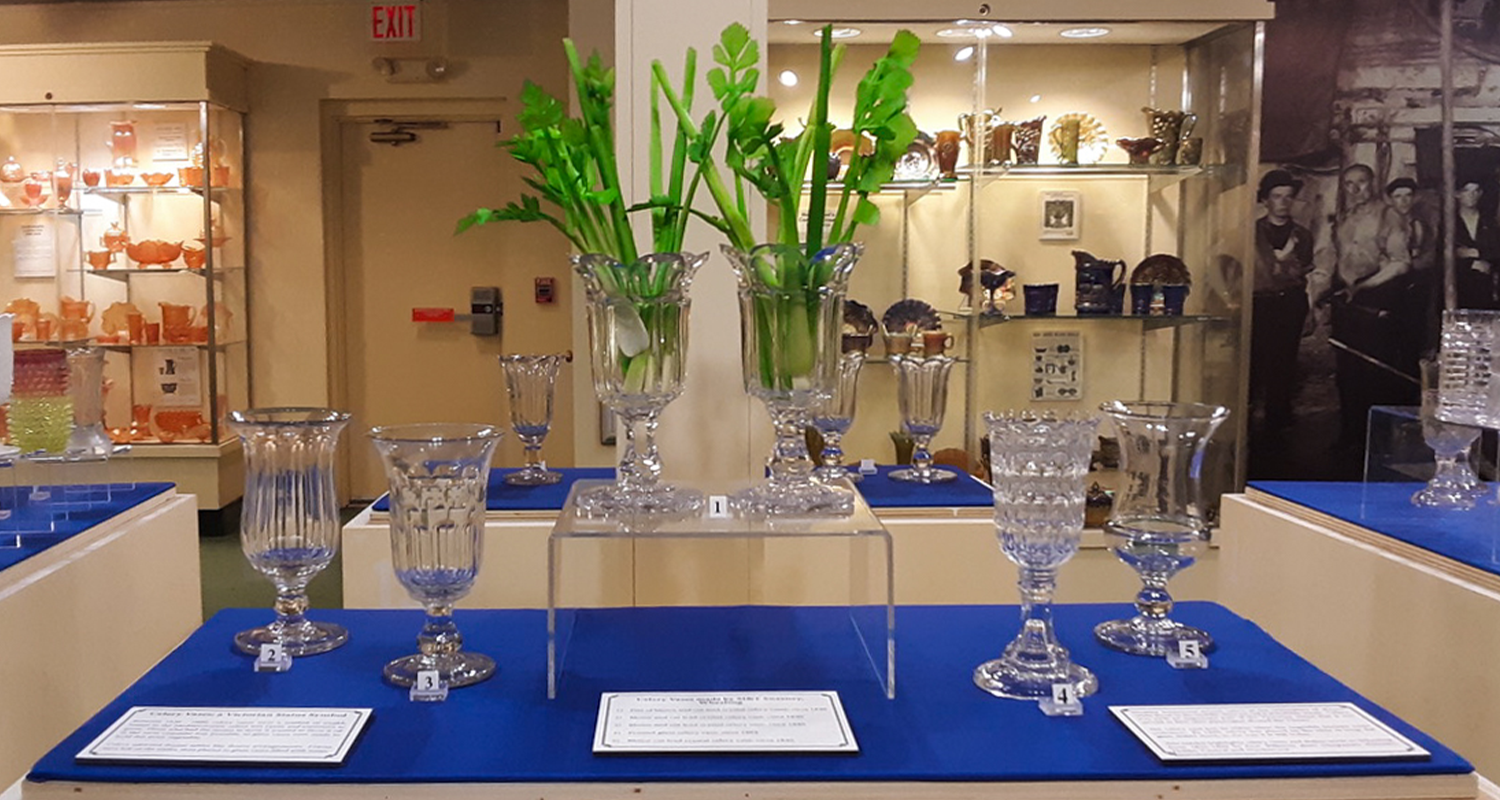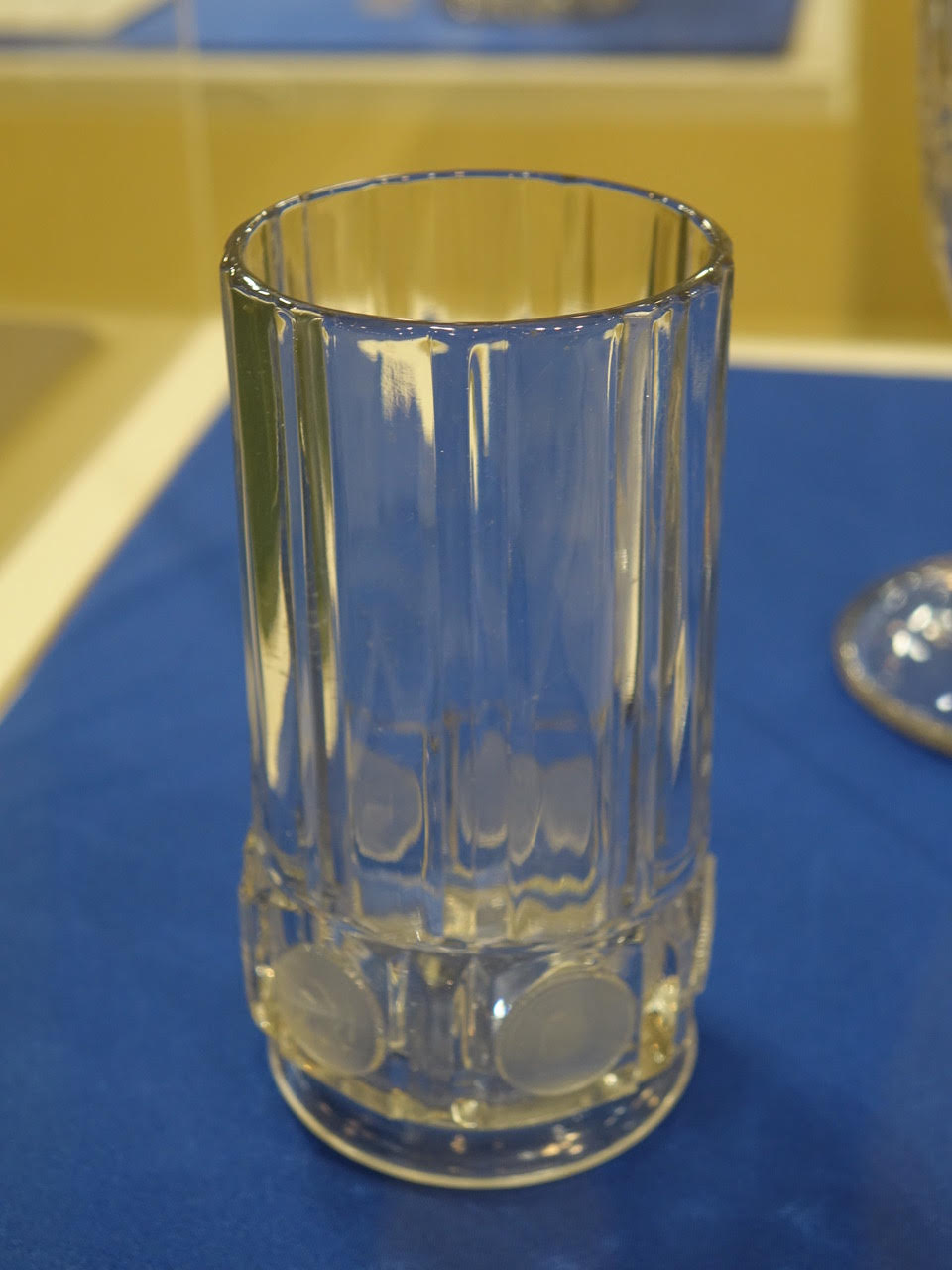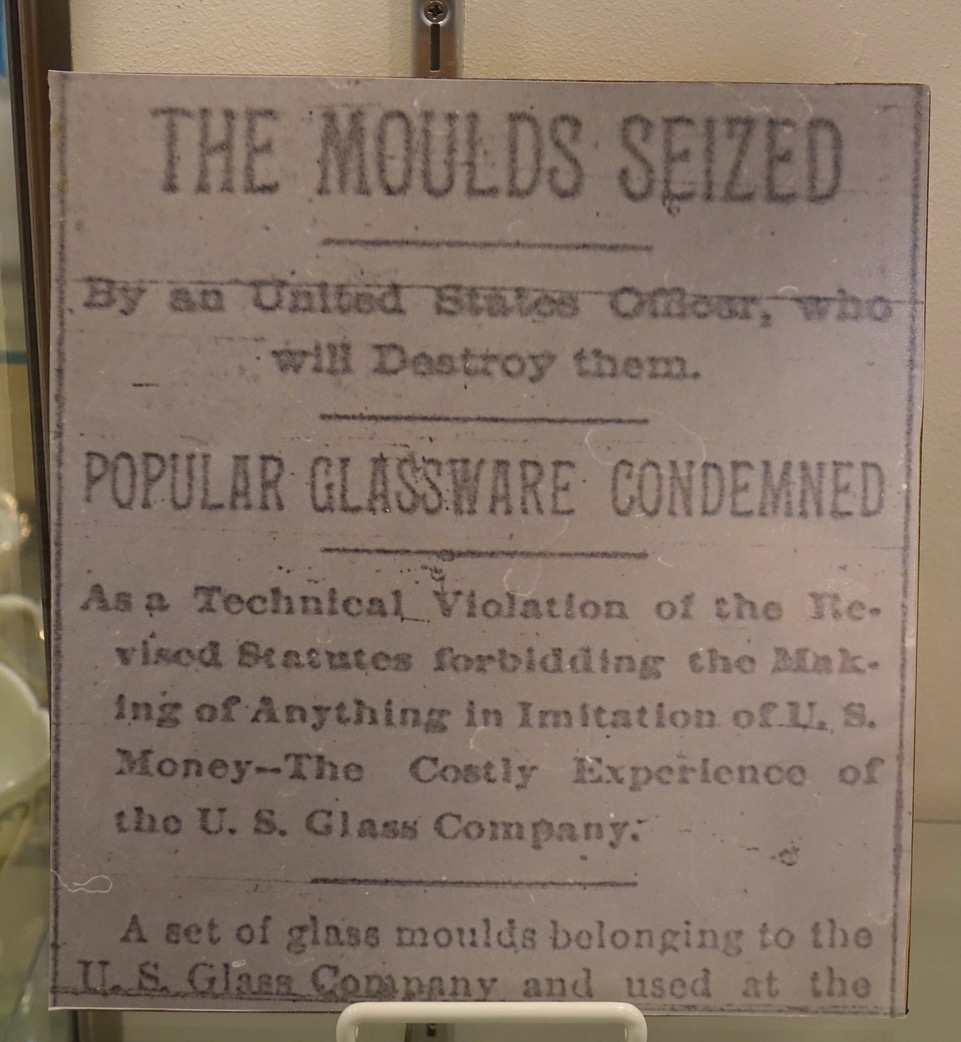Today the term status symbol evokes images of designer watches, an electric car, or even expensive sneakers. But in Victorian Wheeling, a vase for your celery was the way to let your dinner guests know you had money to burn.
A Hard Won Delicacy
The “celery vase” was a staple among upper-class households in the late 20th century. Why? It had little to do with the style or method of production employed in creating the glass vessel, but rather the product it contained.
For many centuries celery was a highly sought-after and exotic food. Initially difficult to grow, and native to the Mediterranean, the food wasn’t even available in much of Europe until the 1800s. Even once farmers in non-native lands began growing the crop, it was extremely difficult to cultivate, fickle, and low-yield. And if there’s one thing the Victorians loved to admire, it’s the idea of cultivation. From specialty flowers to breeding and domesticating animals, the Victorian fascination with cultivation extended to their favorite produce – celery.
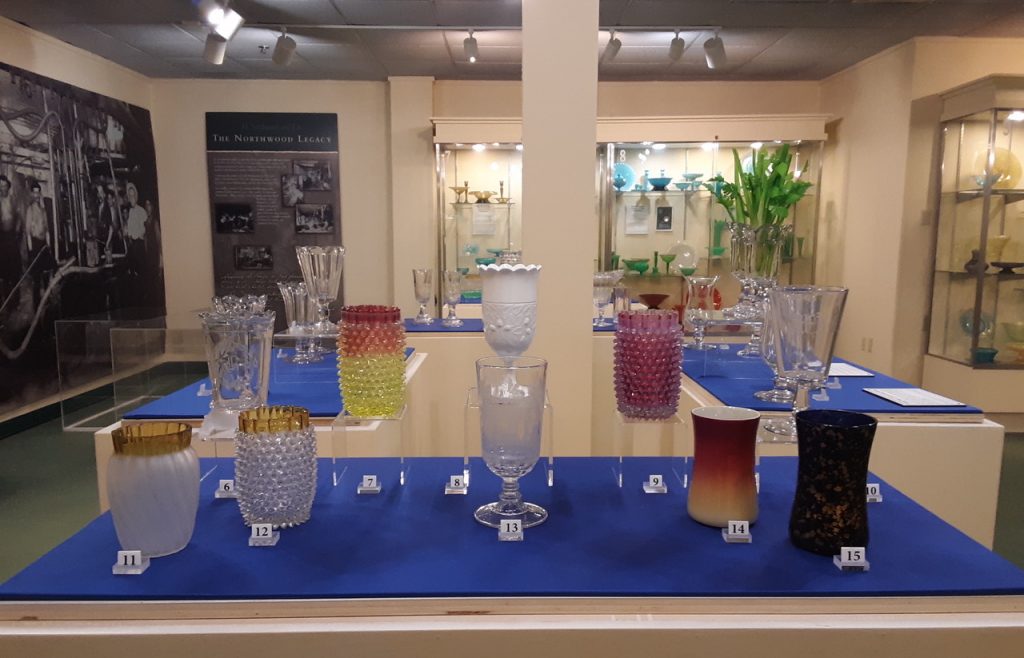
A Staple of the Dinner Table
Given its high-cost, low-yield status, those that obtained celery for their meals wanted to show it off. Celery vases became popular table displays, peaking in popularity from 1830 to around 1880, with production of the vessel continuing into the early 20th century.
The premise was simple: the celery, either raw or cooked depending on the recipe, was placed upright in the vase like a bouquet of flowers and displayed on the table as a centerpiece. Similarly, long, rectangular celery dishes also became popular for cooked celery that was too limp to hold its shape upright. A go-to wedding gift among upper-class families, it’s safe to say that most of Wheeling’s elite would have had a celery vase among their household items.
Just like many must-have items and trends, the popularity of celery vases eventually trickled down from the uber-wealthy to middle-class Americans, according to Oglebay Institute curator of glass Holly McCluskey. Wealthy Americans served celery as the centerpiece of dinner while those in the middle-class served it at holiday meals.
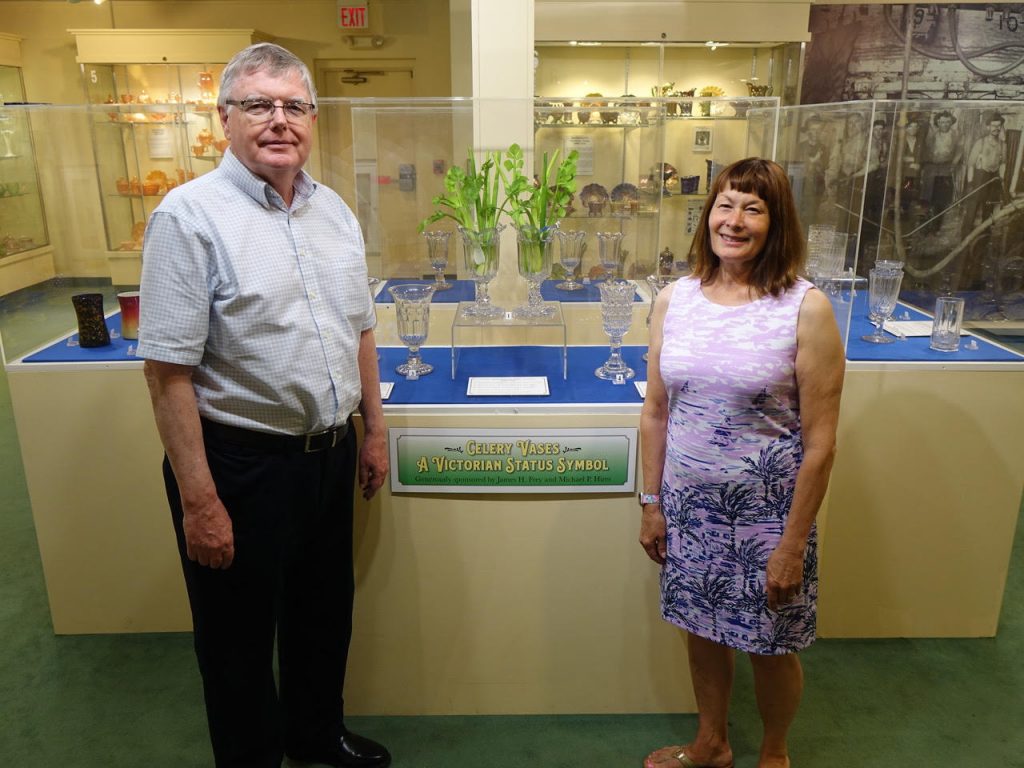
Wheeling’s Celery Vases
During the latter half of the 19th century, Wheeling was home to both successful glass factories and an influx of industrial wealth. Sweeney, Hobbs, Northwood and Central glassmakers all manufactured celery vases in Wheeling.
More than 100 glass factories have operated in the Ohio Valley since the early 1800s, making this region one of the most significant in the American glass industry. By 1900, this region produced more than 50 percent of the pressed glass tableware made in America.
“Wheeling was like the Henry Ford of glass making. The soda-lime formula for making glass that revolutionized glassmaking was developed right here in South Wheeling at Hobbs Brockunier,” said McCluskey. “And that formula isn’t much different than what is used in glass manufacturing today.”
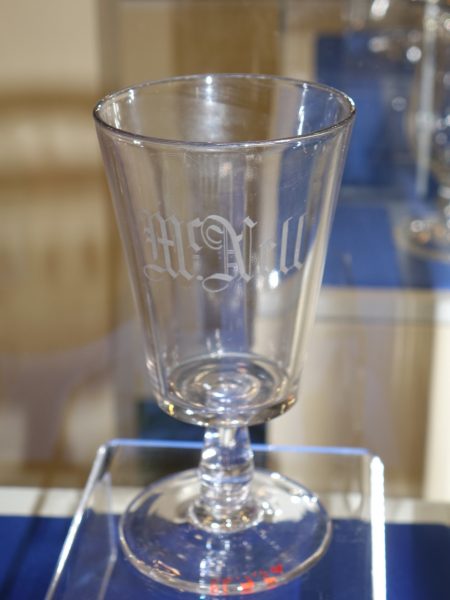
The Demise of the Celery Vase
Like many items, as production methods improved and access became more universal celery- and its serving ware became ubiquitous and fell out of vogue. The popular homemaking book, The Steward’s Handbook and Guide to Party Catering (1889) wrote “The tall celery glasses set upon the table …. having become so exceedingly common they are discarded at present at fashionable tables, and the celery is laid upon very long and narrow dishes.”
Furthermore, as manufacturing and prices changed, so did the styles of celery vases. “Post-Civil War, celery vases weren’t as elaborate. They weren’t as grand because celery was not as grand,” McCluskey said. By 1890, celery was placed on the table in long, flat glass dishes, often called celery boats, much in the way it is still today.
While celery vases may no longer be commonplace, celery continues to be a synonymous part of any party tray or crudités.
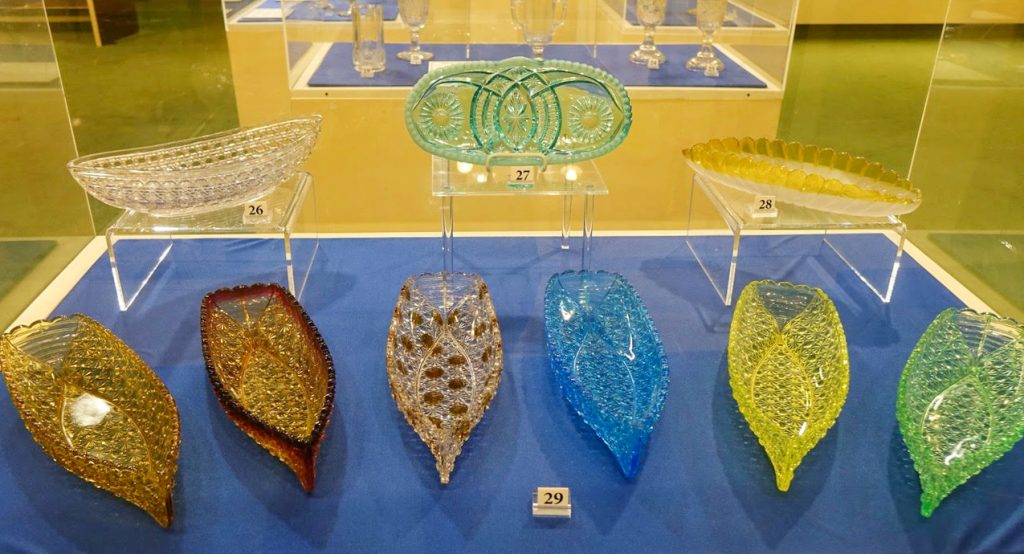
Discover Wheeling’s Celery Vases at Oglebay Institute
Interested in viewing some of these unique vessels? Celery Vases: A Victorian Status Symbol is on display at Oglebay Institute’s Glass Museum through January 2. The museum offers a comprehensive look at glass making in Wheeling, along with rotating exhibits. The exhibit is sponsored by Jay Frey and Michael Hires. In addition to their sponsorship, Frey and Hires also kindly provided some of the vases for the exhibit.
“Most people have never heard of a celery vase or are aware of how popular they were, but whenever they learn about them, they become very intrigued and always say, ‘I am going to have to get one of those,’” said Gerry Reilly, assistant director for the Museums of Oglebay Institute.
After viewing the exhibit, visit some of our local antique shops, such as Sibs, Shuggy’s and Antiques on the Market, and search for your own piece of historic Wheeling! Wondering how you can identify a celery vase from a flower vase? It takes a keen eye. They are usually more cylindrical in shape and often have a taller stem than flower vases, especially in the earlier-produced vases. But Reilly says, “It’s hard to define. But for me, because I am familiar with them, I just know one when I see one.”
• Betsy Sweeny is the director of heritage programming at Wheeling Heritage. She is an architectural historian, yoga teacher and dog mom to her rescue dog Marshall.


